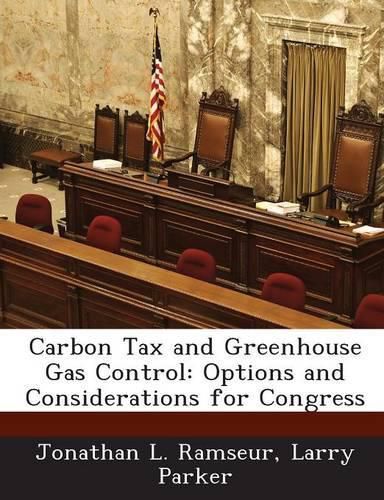Readings Newsletter
Become a Readings Member to make your shopping experience even easier.
Sign in or sign up for free!
You’re not far away from qualifying for FREE standard shipping within Australia
You’ve qualified for FREE standard shipping within Australia
The cart is loading…






Market-based mechanisms that limit greenhouse gas (GHG) emissions can be divided into two types: quantity control (e.g., cap-and-trade) and price control (e.g., carbon tax or fee). To some extent, a carbon tax and a cap-and-trade program would produce similar effects: Both are estimated to increase the price of fossil fuels, which would ultimately be borne by consumers, particularly households. Although there are multiple tools available to policymakers that could control GHG emissions-including existing statutory authorities-this report focuses on a carbon tax approach and how it compares to its more frequently discussed counterpart: cap-and-trade.
$9.00 standard shipping within Australia
FREE standard shipping within Australia for orders over $100.00
Express & International shipping calculated at checkout
Market-based mechanisms that limit greenhouse gas (GHG) emissions can be divided into two types: quantity control (e.g., cap-and-trade) and price control (e.g., carbon tax or fee). To some extent, a carbon tax and a cap-and-trade program would produce similar effects: Both are estimated to increase the price of fossil fuels, which would ultimately be borne by consumers, particularly households. Although there are multiple tools available to policymakers that could control GHG emissions-including existing statutory authorities-this report focuses on a carbon tax approach and how it compares to its more frequently discussed counterpart: cap-and-trade.